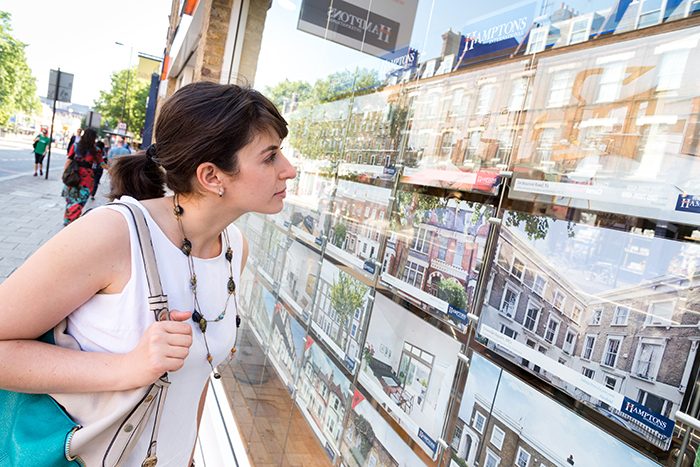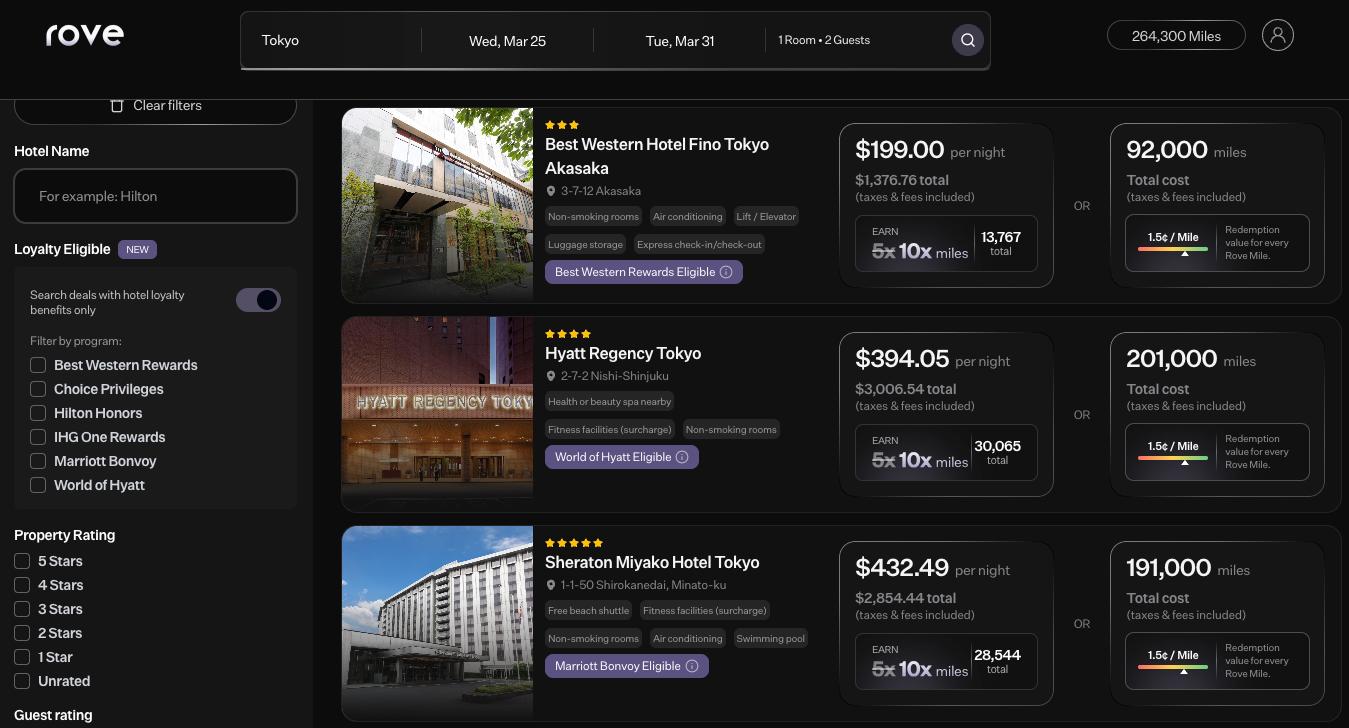You don’t have to look very hard for bad news these days.
Even when the stock market and economy are booming it’s easy to find negatives anytime you want.
For example, yes the stock market is at all-time highs but this just helps the rich keep getting richer. The top 10% owns 87% of the stock market while the top 1% owns half of all stocks. Meanwhile, the bottom 50% owns just 1% of the stock market in America.
See how easy it was to turn good news into bad news.
You can do the same thing with the housing market.
Sure, home equity is at all-time highs and the bottom 90% owns almost 60% of the housing stock in this country. But what about all of the people who are boxed out from buying a house because prices and mortgage rates are so high?
Good news and bad news are often in the eye of the beholder.
These things are rarely black and white but rather a shade of gray.
There’s enough negativity going around these days so let’s look at two positive developments for wealth-building that have occurred in the 2020s.
The Wall Street Journal has a new story out that shows while the rich are getting richer, more people are now coming along for the ride:
Some stats from the article:
Among Americans with incomes between $30,000 and $80,000, 54% now have taxable investment accounts. Half of those investors have entered the market in the last five years.
And nearly 40% of investors new to the markets since January 2020 plan to hold their investments for at least a decade for long-term goals including retirement.
This is wonderful news!
Just look at the massive increase in the market value of stocks held by the bottom 50% this decade:
Yes, it’s still a much smaller share than those in the top 10% or top 1% but the improvement here should be celebrated.
Robinhood has gotten plenty of flak over the years for gamifying investing but the company has also done a wonderful job of getting new investors to sign up for a brokerage account.
Here’s what Steve Quirk had to say at a company event last year:
Half the people at Robinhood, 24 million customers, this is their first time, brokerage. We get to walk along their investing path and deliver all the things that they need as they continue on their investing.
It’s estimated that nearly half of Robinhood’s users — 12 million people — are opening their first brokerage account with the firm.
This is happening at places like JP Morgan Chase too:
In May, those with below-median incomes accounted for about one-third of Chase customers moving money into investment accounts, up from a monthly average of about 20% from 2010 to 2015.
Another story from The Wall Street Journal looks at how high housing prices are impacting the stock market:
Here’s the bad news:
The homeownership rate for Gen Z–people born between 1997 and 2012–is just 16%, data from the National Association of Realtors shows. Meanwhile, the share of first-time home buyers is at an all-time low.
Combined, this is a headache for home builders and those who would like to sell their homes.
The monthly mortgage payment on an average $400,000 home is around $2,170, based on current rates and assuming the buyer has a $60,000, or a 15%, down payment. This is around 36% of the after-tax pay of a person on a median household income.
And here’s the positive unintended consequence of an overpriced housing market:
A JPMorgan Chase report found that 37% of 25-year-olds used investment accounts in 2024, up from 6% of the age group in 2015. A sixfold increase in the number of young people investing in the stock market over the past decade suggests a shift in the way they think about building wealth.
Young people are taking the money they would be saving for a down payment, closing costs, moving costs, etc. and plowing it into the stock market.
Even with the massive gains in the housing market earlier this decade, the stock market has more than doubled up the returns of real estate1 in the 2020s:
These young people will be far better off financially by investing in the stock market and renting rather than tying up their money in an illiquid house.
Of course, you don’t just buy a house for investment purposes. For most people, there is a psychological component that trumps the return calculations.
I feel for those people who are unable to afford a house in the current market.
It doesn’t seem fair.
But it’s worth noting that the home ownership rate in America is still 65%:
62% of American households own stocks, up from 52% in 2016.
We still have wealth inequality and high housing costs. I won’t dispute those claims.
However, a majority of Americans own financial assets. More low income households are investing in the stock market than ever before. Young people are involved in stocks in a big way.
These are positive developments.
The stock market is the greatest wealth-building machine on planet Earth.
We can always get better but this is good news.
Further Reading:
Two of the Biggest Trends This Decade
1To be fair there is no index fund for housing. Calculating the actual returns on housing after all ancillary costs and leverage is nearly impossible.
Disclaimer: This story is auto-aggregated by a computer program and has not been created or edited by finopulse.
Publisher: Source link







